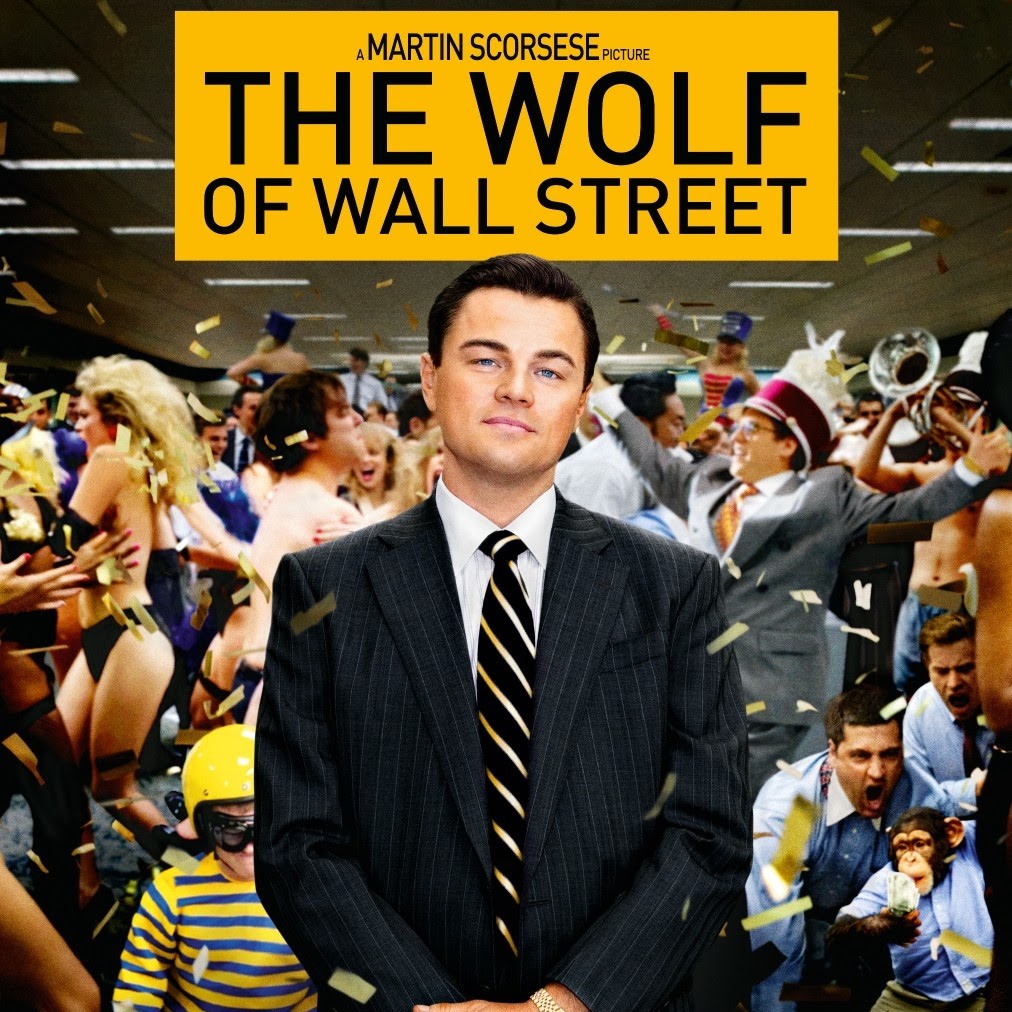"Eldöntöttük, már jóval a forgatás előtt, hogy ragaszkodni fogunk egyfajta dogmához: a filmnek nem szabad szépnek lennie, a film nem lehet tetszetős, nem készíthetünk horror filmet...Saul nézőpontjánál maradni egyet jelent azzal, hogy nem lépünk túl az ő látóterén vagy azon, amit ő hall, a jelenlétén...a kamera az útitársa és vele marad mindvégig ebben a pokolban" (Nemes Jeles László)
Hivatalos Cannes interjú angolul Nemes Lászlóval, készítette: Antoine de Baecque.
SZÖVEGÉRTÉS FELADAT: Az interjú elolvasása után állapítsd meg, hogy a szöveg végén található állítások igazak (TRUE) vagy hamisak (FALSE).
A segítő Auschwitz+Movie Making szószedetet szintén a szöveg végén találod.

When we were making A londoni férfi (The Man from London), in Bastia, the shoot was interrupted for a week and in a bookstore I found a book of eyewitness accounts published by the Shoah Memorial called Des Voix sous la cendre (Voices from beneath the Ashes), also known as “The scrolls of Auschwitz.” It’s a book of texts written by former Sonderkommando members from the extermination camps who had buried and hidden their written testimonies before the rebellion in 1944. The actual documents were found years later. They describe their daily tasks, how the work was organized, the rules by which the camp was run and Jews exterminated, as well as how they put together a certain form of resistance.
What was the Sonderkommando? What did its members do?
They were prisoners chosen by the SS to escort new transports of prisoners to the gas chamber buildings, to get them to undress, reassure them and lead them into the gas chambers. After, they would remove and burn the corpses all the while cleaning the space. And it all had to be accomplished very quickly because other prisoner convoys were already on the way. Auschwitz-Birkenau functioned like a factory producing and eliminating corpses on an industrial scale. In the summer of 1944, it was running at full capacity: historians estimate that several thousand Jews were assassinated there every day. During the course of their mission, the Sonderkommandos were given a relatively preferential treatment. They were allowed to take food found in the transports and, within the confines of their perimeter, have a relative freedom of movement. But the task they were assigned was grueling and they were regularly eliminated every three or four months by the SS in order to ensure that there were no witnesses to the extermination.
Was your family affected by the Shoah?
A part of my family was assassinated in Auschwitz. It was something we talked about every day. When I was little, I had the impression that “evil had been done.” I imagined it like a black hole burrowed within us; something had broken, and my inability to grasp exactly what it was kept me isolated. I didn’t understand for many years. Then, the time came for me to reconnect with that specific part of my family’s history.
Why did you choose to use the Sonderkommando accounts?
I have always found movies about the camps frustrating. They attempt to build stories of survival and heroism, but in my mind they are in fact recreating a mythical conception of the past. The Sonderkommando accounts are on the contrary concrete, present and tangible. They precisely describe, in the here and now, the “normal” functioning of a death factory, with its organization, its rules, work cadences, shifts, hazards, and its maximum productivity. In fact, the SS used the word “Stück “ (“parts”) when speaking about corpses. Corpses were produced in that factory. These accounts allowed me to see it all through the eyes of the extermination camps’ damned.
My co-screenwriter, Clara Royer, and I learned together. We read other eyewitness accounts, from Shlomo Venezia and Filip Müller, but also that of Miklós Nyiszli, a Hungarian Jewish doctor who was assigned to the crematoriums. Then of course there was Claude Lanzmann’s Shoah, in particular the Sonderkommando sequences, including the Abraham Bomba account, which remains a reference. Finally, we received the very helpful support of historianslike Gideon Greif, Philippe Mesnard and Zoltán Vági.
Did you forbid yourself anything?
I didn’t want to have to show the face of horror openly, or to recreate the atrocity by going into the gas chambers while people were dying. The film strictly follows Saul’s movements. So we stop at the door of the gas chamber and enter only after the extermination in order to remove the bodies and wash away any traces of what occurred there in preparation for the next group. These missing images are those of death; images that can’t be reconstructed, and shouldn’t be touched or manipulated. Because it is important for me to stay with Saul’s point of view, I only show what he sees; what he pays attention to. He’s been working in the crematorium for four months: as a protective reflex, he no longer notices the horror, and so I relegated the horror to the background, blurred or off screen. Saul only sees the object of his quest; this provides the film with its visual rhythm.
How did you film it?
The cinematographer, Mátyás Erdély, the production designer, László Rajk and I decided well before the shoot that we would stick to a sort of dogma: “the film cannot look beautiful,” “the film cannot look appealing,” “we cannot make a horror film,” “staying with Saul means not going beyond his own field of vision, hearing, and presence,” “the camera is his companion, it stays with him throughout this hell.” We also wanted to use traditional 35mm film and photochemical processing at every stage. It was the only way to maintain a certain instability in the images, and thus be able to film this world organically. The challenge was to strike an emotional chord in the audience – something that digital doesn’t allow for. All of this implied a lighting technique that was diffused, industrial and as simple as possible. It also required filming with the same lens, a 40mm, a restricted aspect ratio, and not something like scope which widens one’s field of vision. We had to always remain at the character’s eye level and stay with him.
Saul wears a jacket with a big red cross on the back…
Yes, it’s a target. The SS used it to make it easier to shoot men who tried to escape. For us, it was a visual target for the camera.
At some point, Saul comes across members of the resistance who are trying to photograph the extermination process.
Something that was strictly forbidden by the SS, of course. In Birkenau, the Polish resistance was able to get one or a few cameras to the Sonderkommando in order to document the extermination. At unbelievably great risk, they were able to take a photograph just before the doors to a gas chamber were closed and then immediately afterwards: naked women approaching the shot; then their piled-up corpses, which were taken outside and burned right there on the ground.
Who is the person who plays Saul?
Géza Röhrig isn’t an actor, but a Hungarian writer and poet who lives in New York. I met him several years ago. He came to mind for the role probably because he is someone who is in constant motion, his facial features and his body are always changing. It is impossible to tell his age, for he is at once old and young, but also handsome and ugly; ordinary and remarkable, deep and impassive, quick-witted and slow. He moves, is given to fidgeting, but also knows how to keep silent and still. This character and your film endeavor to contrast a death ceremony and the death factory, rites and machinery, prayer and noise. When there is no longer any hope, from the deepest part of this hell, Saul’s inner voice says to him: you must survive in order to accomplish an act that bears meaning, a human, age-old, sacred meaning; a meaningful act that is at the very origin of the community of mankind and religions: paying respect to the body of the dead.
Interview by Antoine de Baecque
Reading Comprehension Task:
After reading the interview mark the sentences TRUE or FALSE.
Auschwitz & Movie Glossary
movies= filmek
co-screenwriter= társ forgatókönyvíró
cinematographer= operatőr
poet= költő

